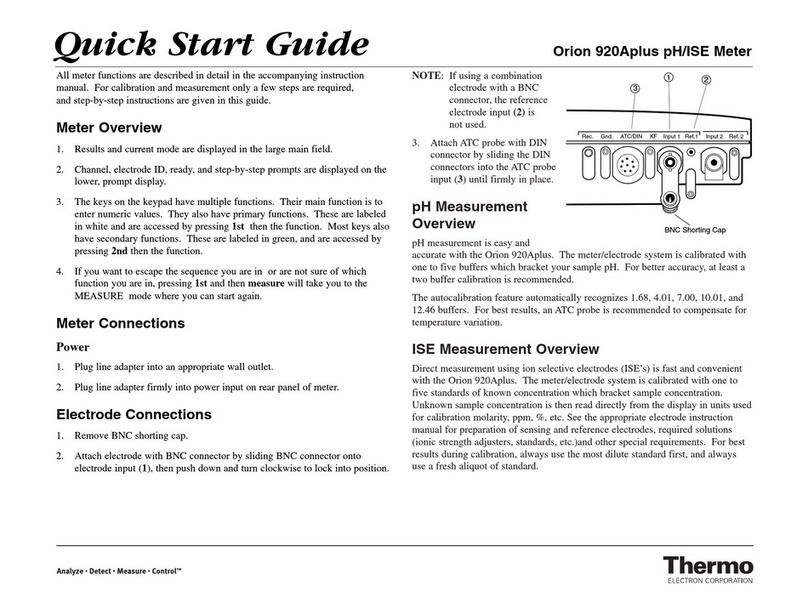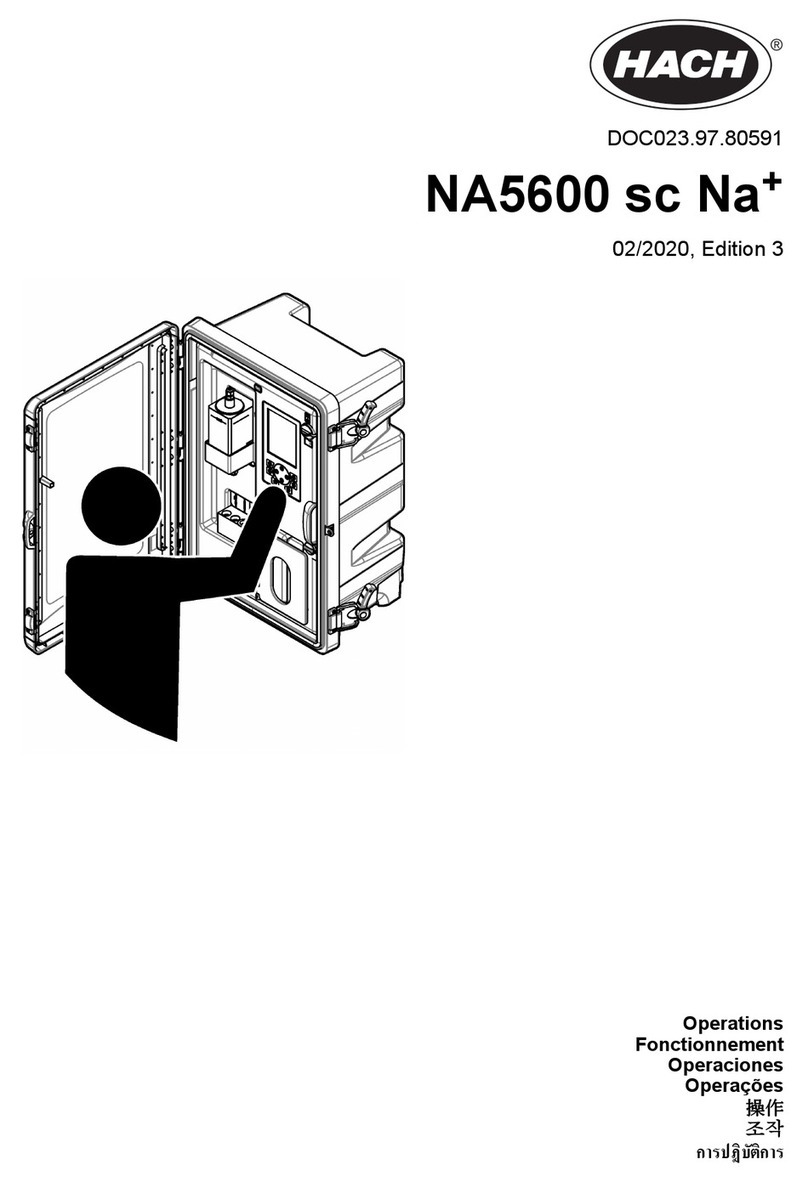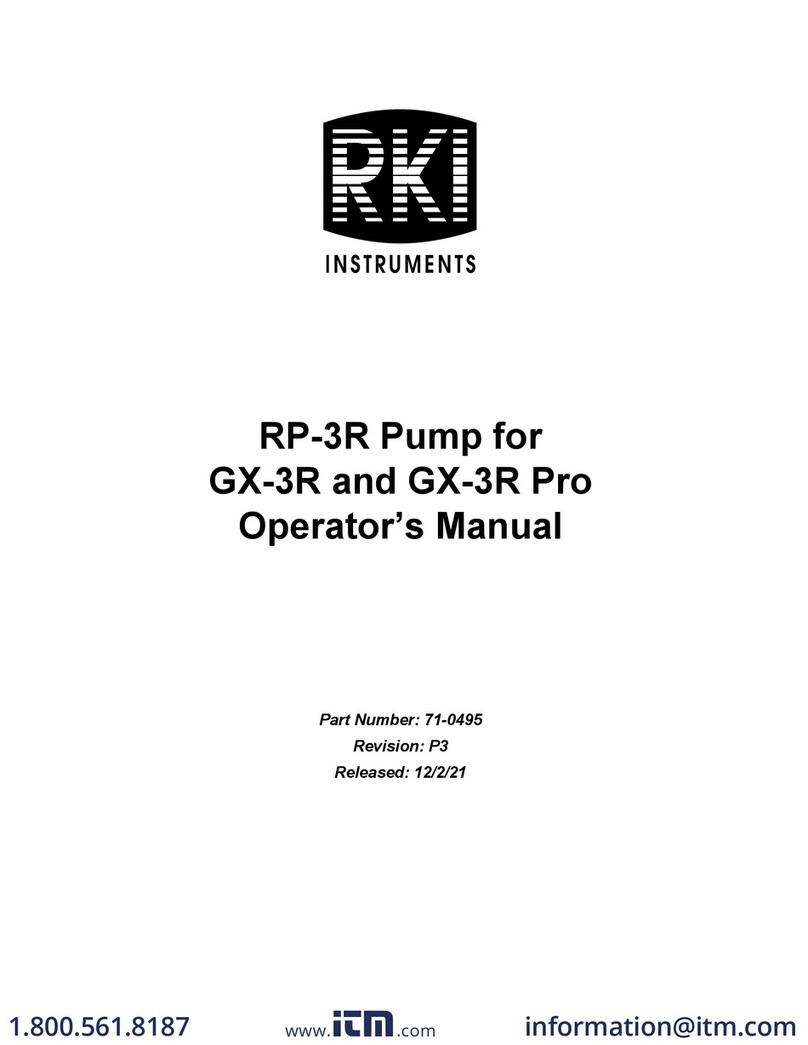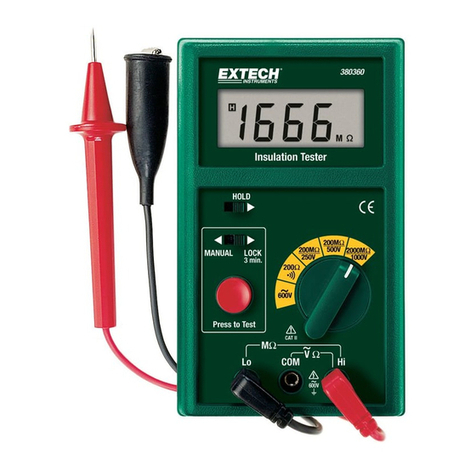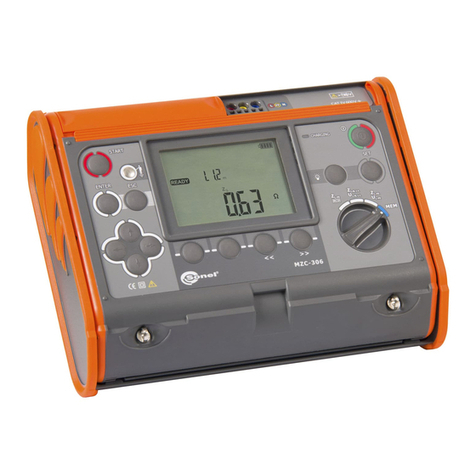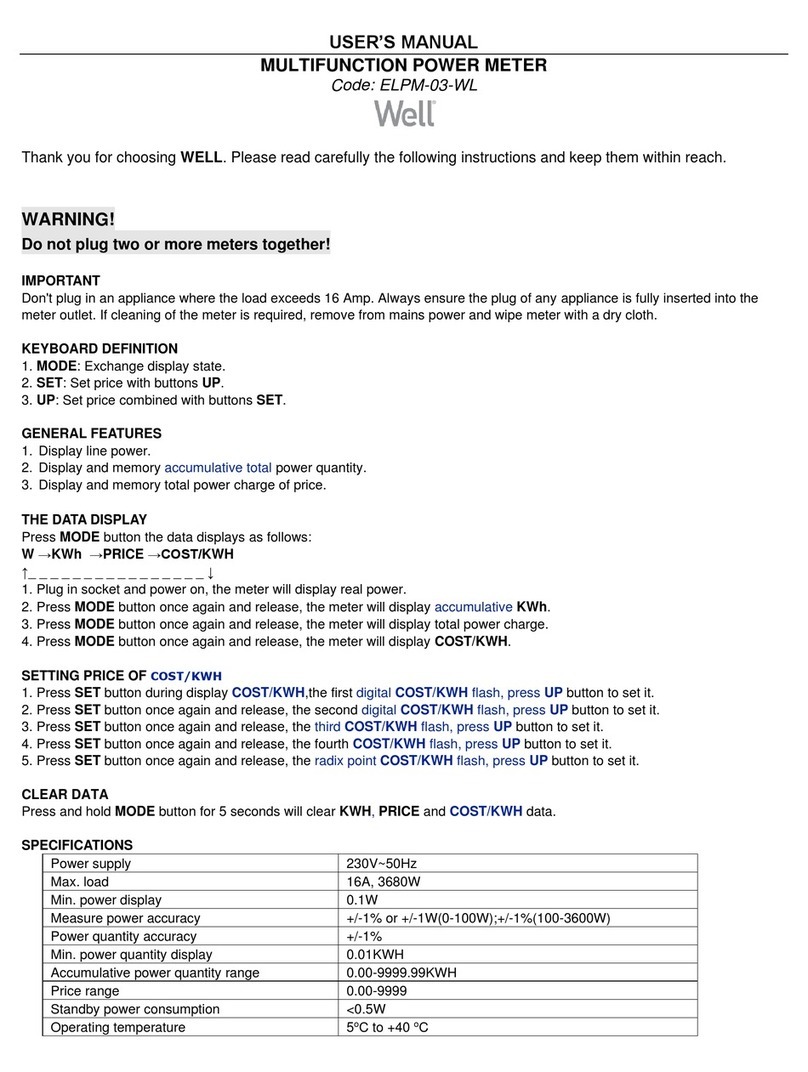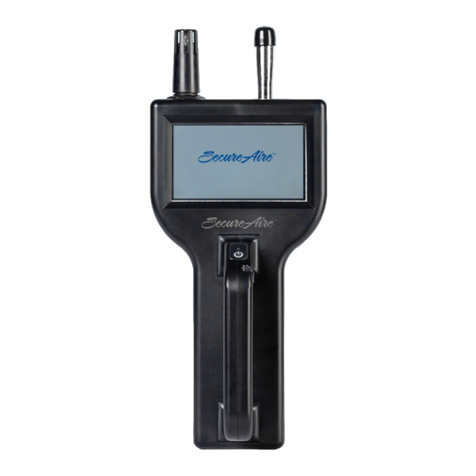Thermo Electron 96-09 User manual




















This manual suits for next models
1
Table of contents
Other Thermo Electron Measuring Instrument manuals
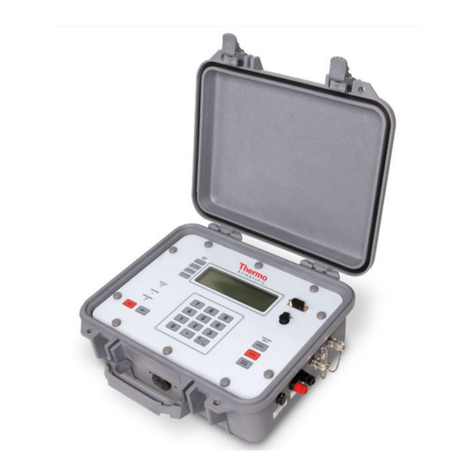
Thermo Electron
Thermo Electron Polysonics SX30 User manual

Thermo Electron
Thermo Electron Polysonics SX40 User manual
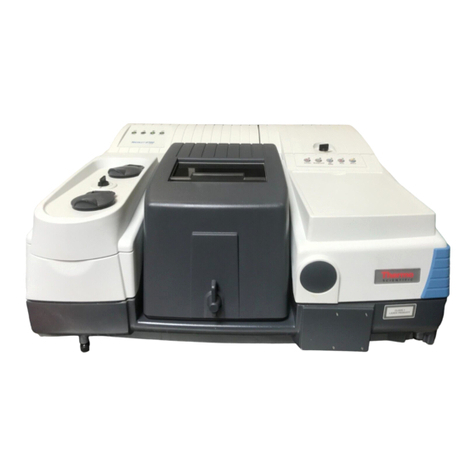
Thermo Electron
Thermo Electron Nicolet 4700 User manual
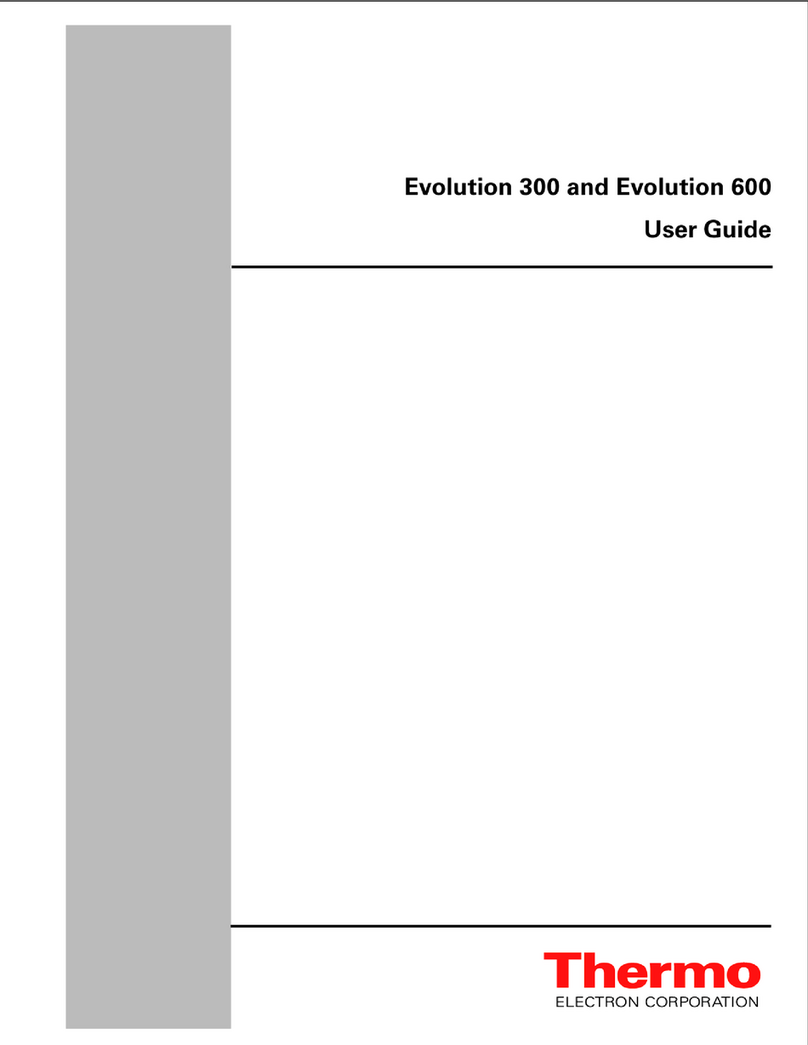
Thermo Electron
Thermo Electron Evolution 300 User manual
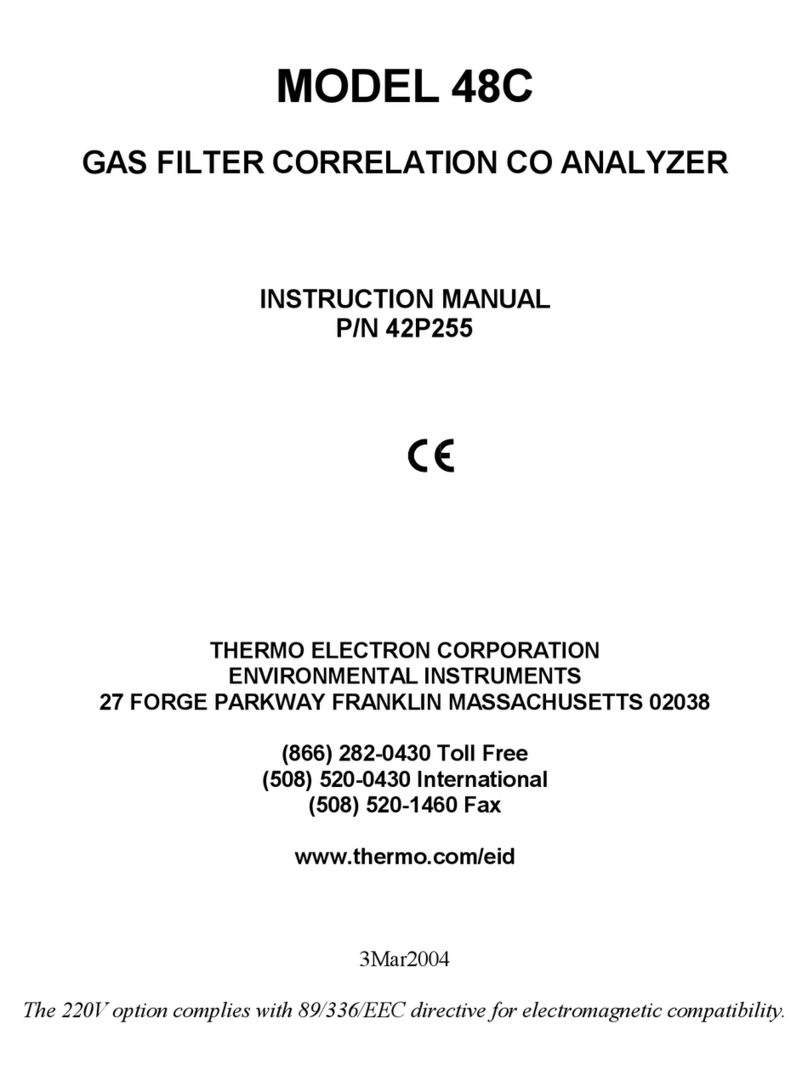
Thermo Electron
Thermo Electron 48C User manual

Thermo Electron
Thermo Electron Orion Star Series User manual
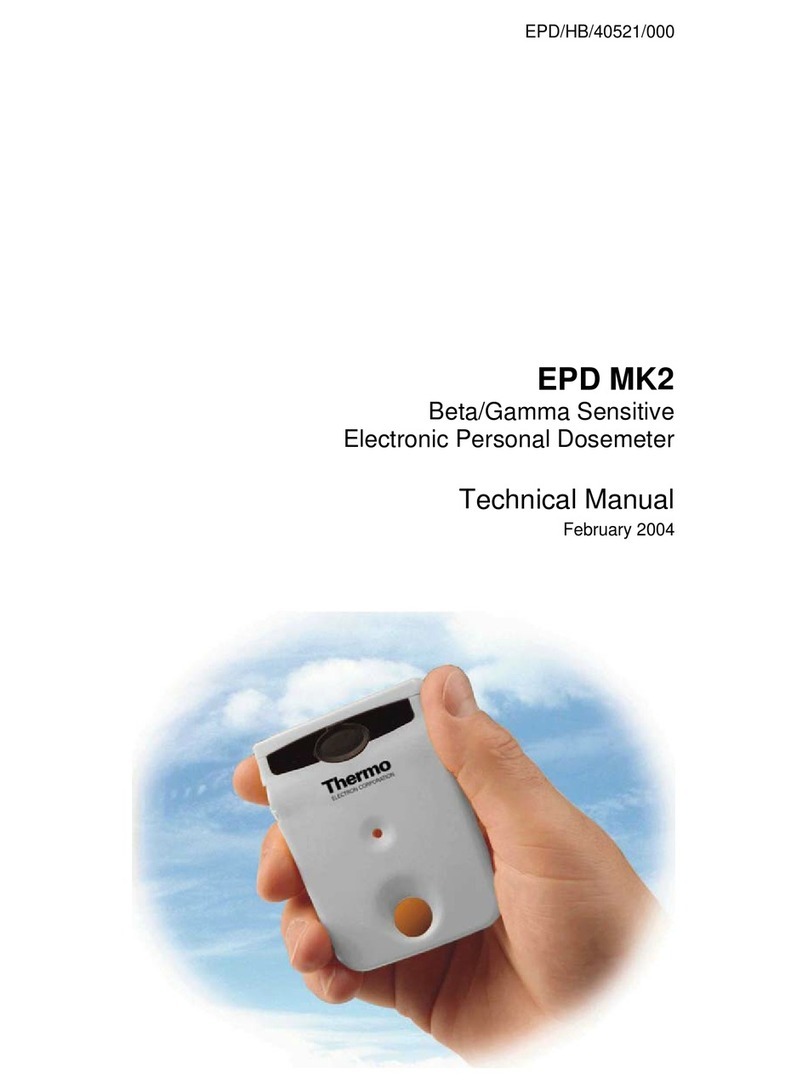
Thermo Electron
Thermo Electron EPD MK2 User manual

Thermo Electron
Thermo Electron PURE WATER Orion 1817LL User manual
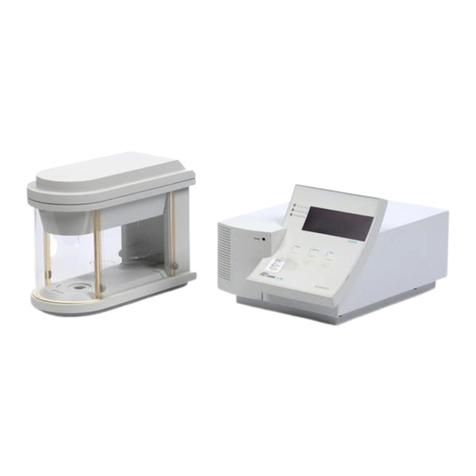
Thermo Electron
Thermo Electron Cahn C-34 User manual
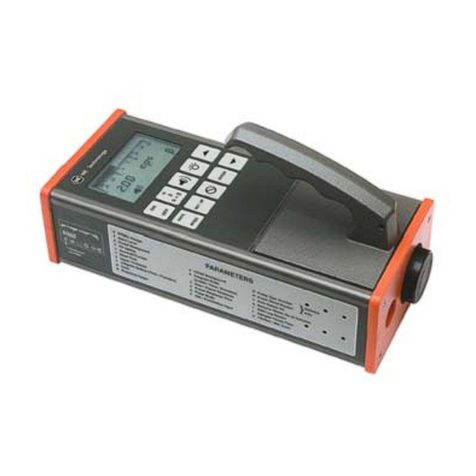
Thermo Electron
Thermo Electron ELECTRA User manual
Popular Measuring Instrument manuals by other brands
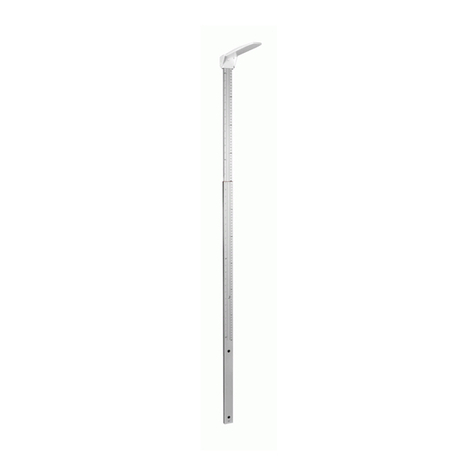
KERN
KERN MSF 200N operating instructions
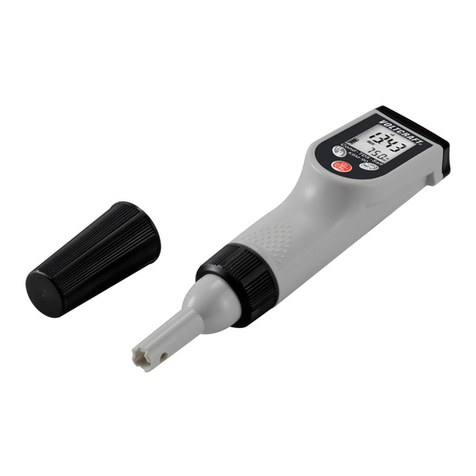
VOLTCRAFT
VOLTCRAFT KBM-90 operating instructions
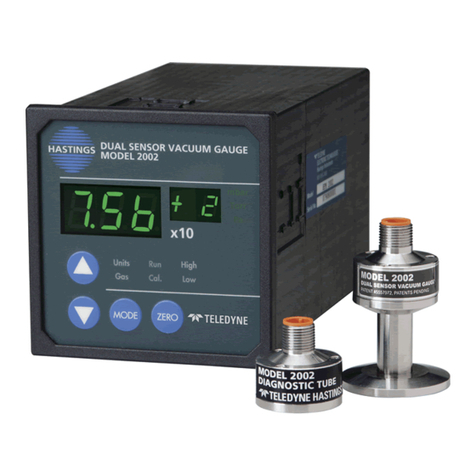
Teledyne Hastings Instruments
Teledyne Hastings Instruments 2002 instruction manual
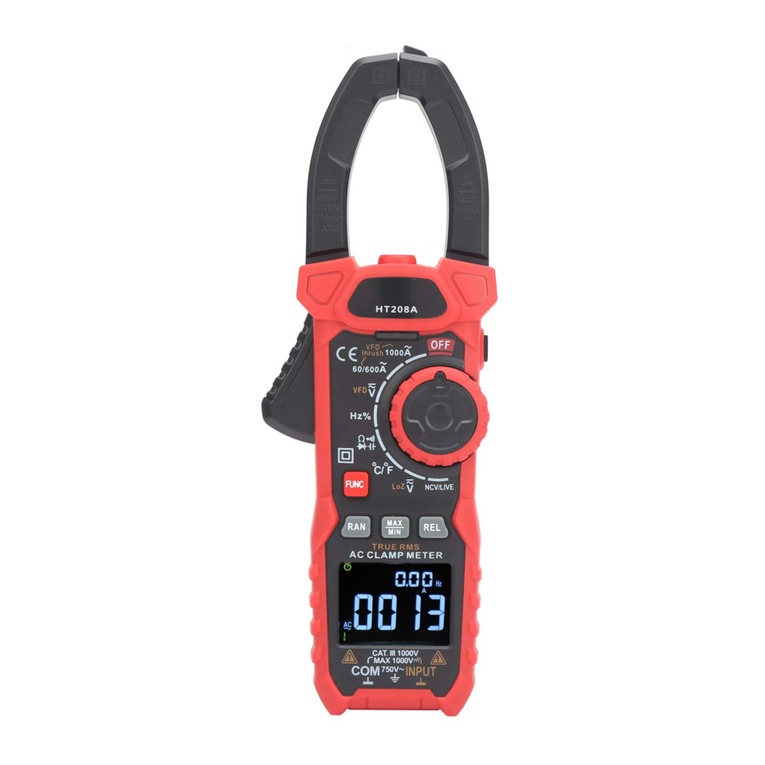
Kaiweets
Kaiweets HT208A user manual
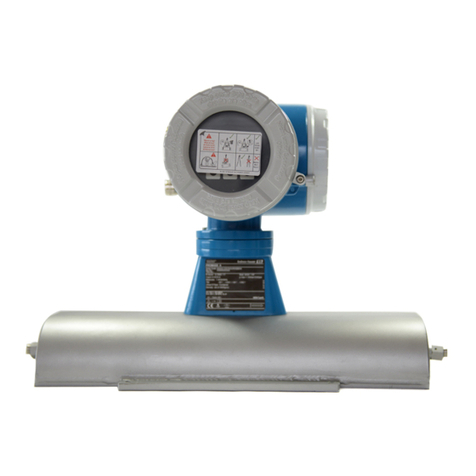
Endress+Hauser
Endress+Hauser Proline Promass 80 HART Series Safety instructions
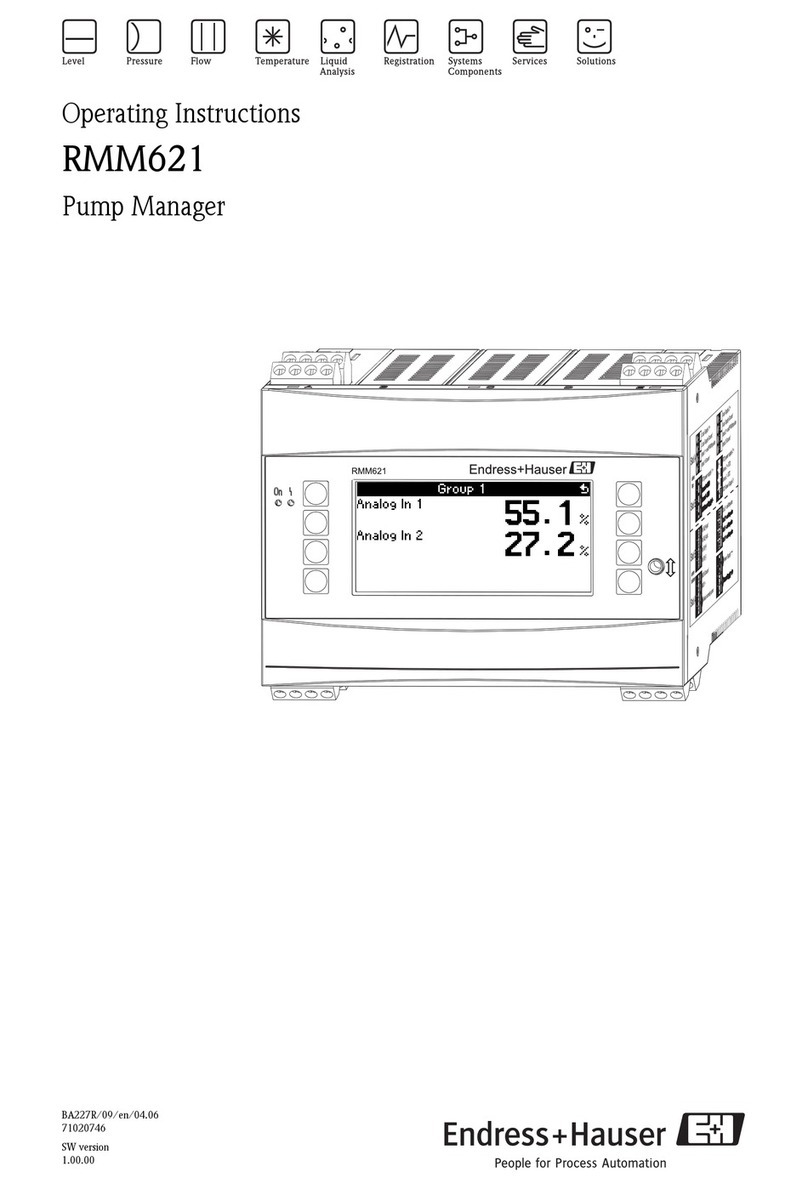
Endress+Hauser
Endress+Hauser RMM621 operating instructions
